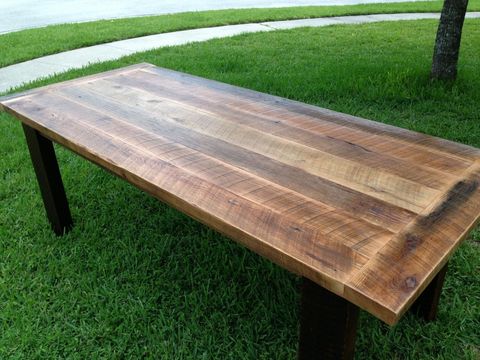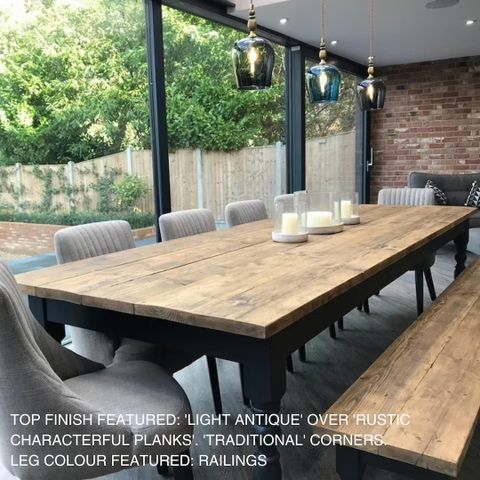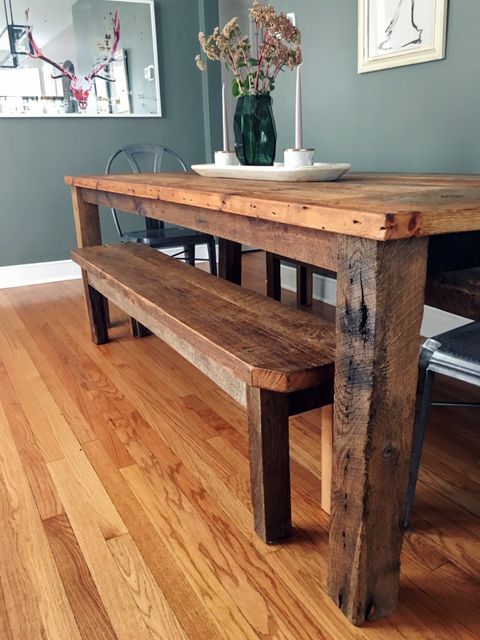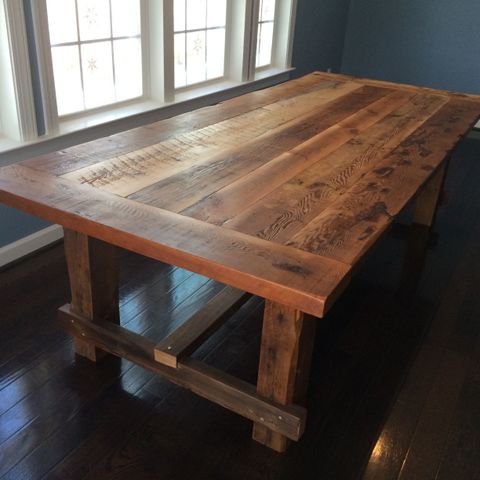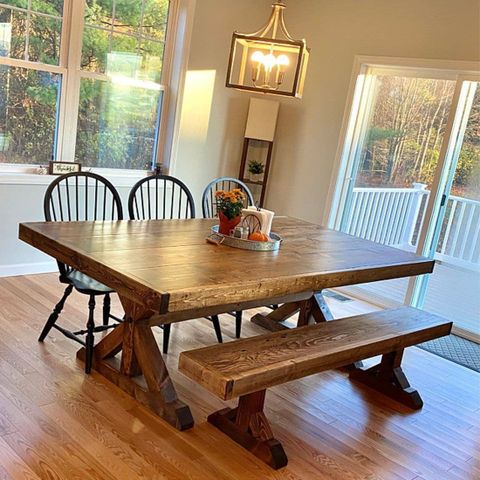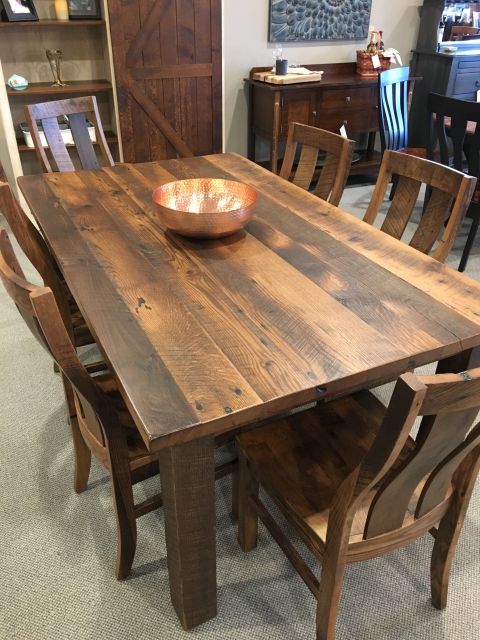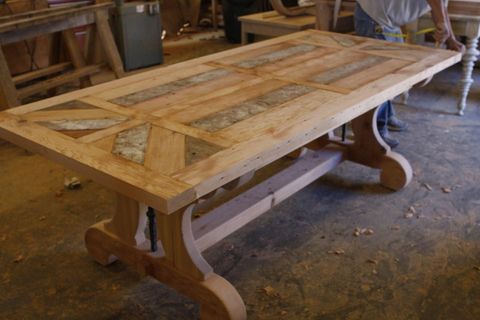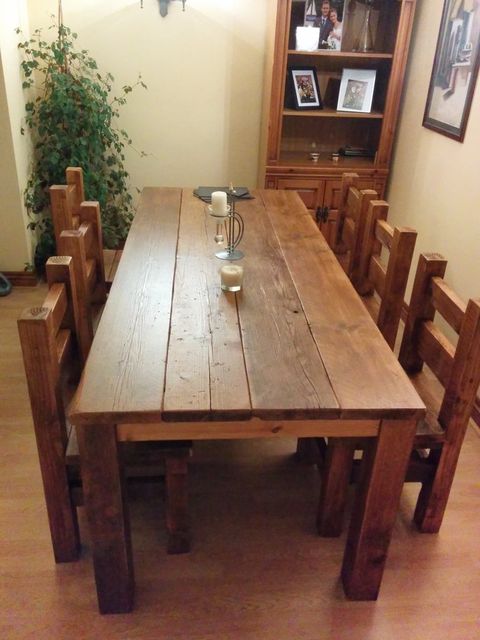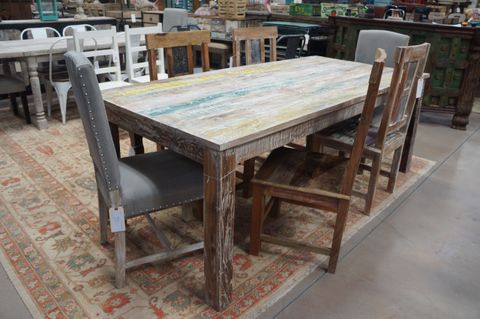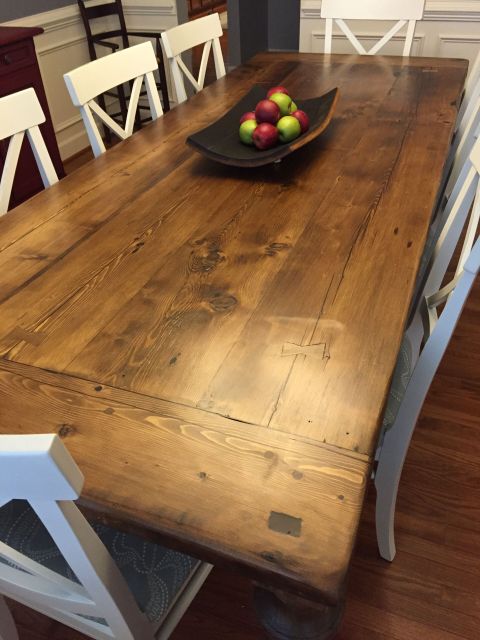There’s something deeply satisfying about crafting a beautiful, functional piece of furniture using materials that have already found their second life. When it comes to building a stunning rustic dining table, the choice of reclaimed wood can make all the difference between a good project and a masterpiece. This guide will walk you through everything you need to know about selecting the perfect timber for your DIY endeavor.
Picture this: You’re sitting around a beautifully crafted dining table, its weathered surface telling stories of decades past. The grain patterns dance across the wood like ancient poetry, each knot and scar a testament to its former existence. That’s the magic of reclaimed wood – it carries history, character, and soul. For those embarking on a DIY journey to build a rustic dining table, choosing the right reclaimed wood isn’t just about aesthetics. It’s about understanding the material’s story, its durability, and how it will perform in your home environment. The wood you select today will become tomorrow’s centerpiece, so let’s explore what makes a perfect candidate for your table project.
Understanding Reclaimed Wood Types
Reclaimed wood comes from various sources, each with distinct characteristics that affect your final table. Barn wood, for instance, often features thick boards with pronounced grain patterns and natural knots. These pieces typically come from old barns and agricultural buildings, offering that quintessential rural charm. Factory reclaimed wood, on the other hand, originates from demolished industrial buildings, warehouses, and manufacturing facilities. It tends to be more uniform in size and may have unique marks from machinery or processes. Flooring reclaimed wood brings its own appeal, often featuring a worn patina and smooth surface from years of foot traffic. Consider what kind of aesthetic you want to achieve before diving into sourcing options. The type of wood matters too – oak, pine, maple, and cherry all behave differently when reclaimed. Oak offers exceptional strength and durability, while pine provides a softer, more rustic appearance. Each species has its quirks and characteristics that will influence both the look and feel of your finished table.
Quality Assessment and Inspection
Before you even think about cutting, you must carefully inspect every piece. Look for signs of rot, insect damage, or moisture issues. These problems can compromise the structural integrity of your table. Check for warping or splitting, which might indicate the wood was improperly stored or handled. Pay attention to nail holes, screws, and other hardware that may still be embedded in the wood. While some hardware can add character, excessive fasteners might interfere with your design plans. The wood should feel solid to the touch, not spongy or brittle. Examine the grain direction carefully – consistent grain patterns generally indicate better quality. Watch out for chemical stains or discoloration that could affect the wood’s longevity. A good rule of thumb is to take your time during inspection. Rushing this step might lead to costly mistakes later in your project. Don’t forget to consider the wood’s thickness too – most reclaimed pieces range from 1 to 4 inches thick, though some specialty items can be much thicker.
Structural Considerations for Table Building
Not all reclaimed wood is created equal when it comes to structural support. Your dining table needs wood that can handle weight, daily use, and environmental changes. Look for pieces that are at least 1 inch thick for the main table surface, though 1.5 to 2 inches works even better for durability. The wood should have minimal warping or cupping, as these issues can cause instability. Consider the wood’s natural tendency to expand and contract with humidity changes. This is particularly important if you’re planning to build a large table or one that will be exposed to varying climates. Some reclaimed woods may have been treated with chemicals that could affect finishing processes or pose health concerns. Always research the wood’s history to understand what treatments it might have received. For table legs and structural elements, you’ll want to prioritize strength over appearance. Sometimes, the most beautiful pieces aren’t the best choices for load-bearing components.
Sourcing Strategies and Suppliers
Finding quality reclaimed wood requires patience and a bit of detective work. Local salvage yards and demolition companies often have excellent selections, though availability varies greatly. Many lumberyards now specialize in reclaimed materials, offering consistent supply and quality control. Online marketplaces provide access to wood from across the country, but shipping costs and handling can add up quickly. Consider visiting construction sites or renovation projects where old materials are being discarded. Many contractors are happy to give away usable wood, especially if it’s clean and in good condition. Building relationships with local suppliers can be invaluable – they often know about new stock before anyone else and can offer advice based on their experience. Some suppliers offer wood by the board foot, while others sell by the piece or even by the pile. Understanding pricing structures helps you budget effectively. Don’t overlook the possibility of finding wood in unexpected places like old churches, schools, or even abandoned buildings.
Preparing Your Wood for Construction
Once you’ve selected your pieces, proper preparation is crucial for success. Start by cleaning the wood thoroughly to remove dirt, debris, and loose material. Sanding removes surface imperfections and creates a smooth base for finishing. Be careful not to sand too aggressively, as you might remove too much of the wood’s character. Plan your layout carefully before cutting, considering grain patterns and any defects. Some wood pieces may need to be cut to specific dimensions, while others work well as-is. The drying process is important – reclaimed wood often contains moisture that can cause problems later. Allow wood to acclimate to your workshop environment for several days before beginning construction. Some wood may require additional treatment to prevent future warping or splitting. Using wood stabilizers or sealers can help preserve the wood’s integrity. Remember that reclaimed wood may have hidden surprises like embedded metal or old paint that could interfere with your construction process.
Finishing and Preservation Techniques
The finishing stage brings your table to life, but it’s also where many DIY enthusiasts encounter challenges. Start with a thorough cleaning and sanding to ensure the finish adheres properly. Choose finishes that complement the wood’s natural character rather than masking it completely. Natural oils like tung oil or linseed oil enhance the wood’s beauty while providing protection. Polyurethane offers excellent durability but can make the wood look less natural. Consider the environment where your table will live – high humidity areas may need different treatment than dry indoor spaces. Test your chosen finish on a small area first to ensure it achieves the desired look and feel. Multiple thin coats usually work better than fewer thick ones. Apply finishing products in thin, even layers, allowing adequate drying time between coats. Some wood species react differently to various finishes, so research compatibility beforehand. The final result should protect your investment while maintaining the rustic charm that drew you to reclaimed wood in the first place.
Choosing the perfect reclaimed wood for your DIY rustic dining table is both an art and a science. It requires patience, careful observation, and an appreciation for the wood’s history and potential. Remember that the best wood isn’t always the most expensive or visually perfect piece – sometimes it’s the one that tells the most interesting story or offers the best combination of character and durability. Take time to inspect each piece thoroughly, understand the wood’s characteristics, and plan accordingly. Whether you source your materials locally or across state lines, the satisfaction of creating something beautiful and meaningful with reclaimed materials is unparalleled. Your finished table will not only serve as a functional piece of furniture but also as a conversation starter that celebrates craftsmanship and sustainability. With the right approach, your reclaimed wood dining table will be a treasured addition to your home for years to come.

